Try This DIY Yellowjacket Trap for a No-Cost Way to Keep Your Picnics and Garden Parties Safe This Summer
A DIY yellowjacket trap is cheap and eco-friendly way to control yellowjacket populations if they are becoming aggressive towards humans this summer.
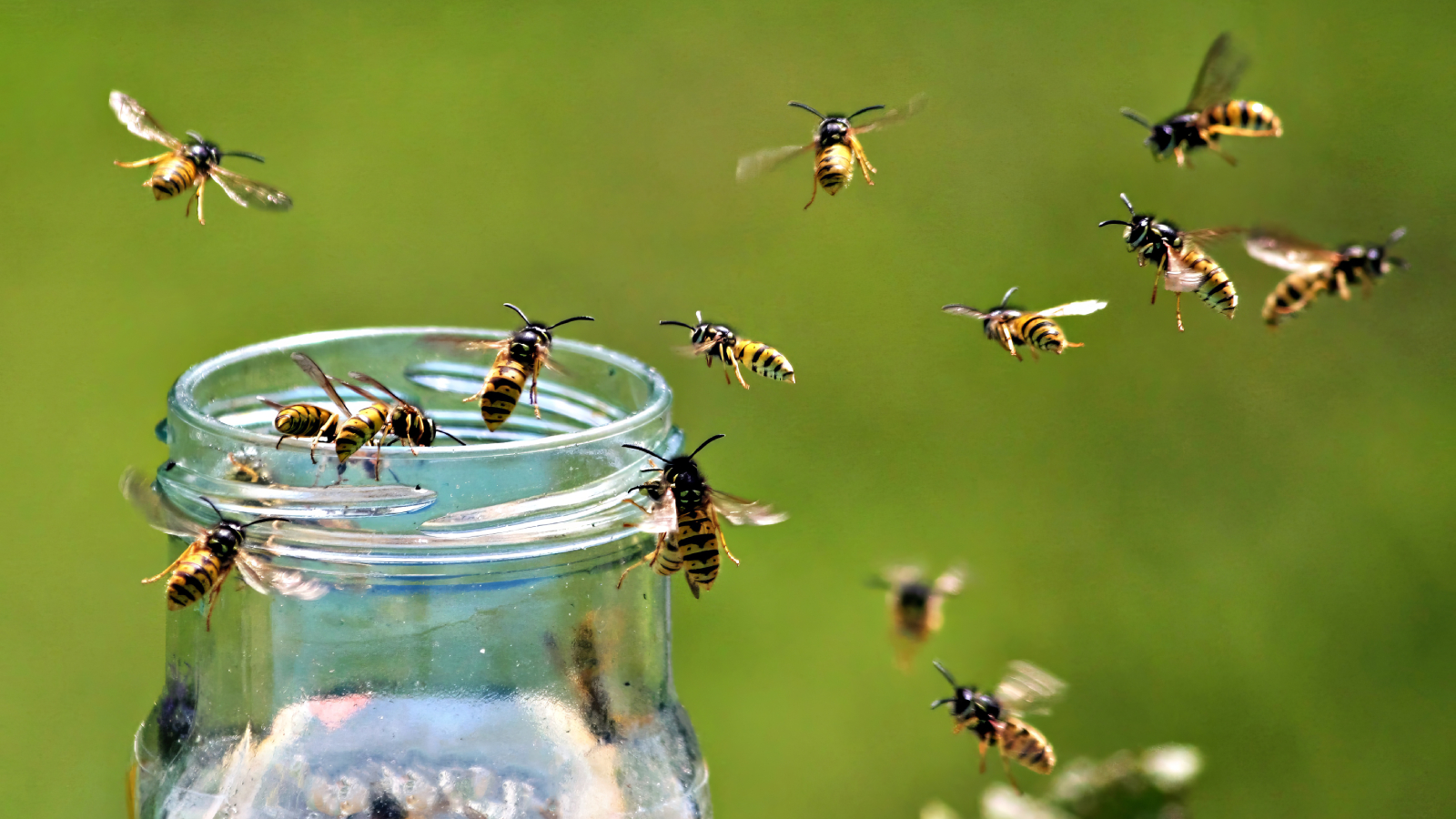

Yellowjackets can ruin a summer gathering faster than you can spread your gingham picnic blanket. They are considered “social” wasps, but socializing with them is not on my list of summer fun. Most species of yellowjackets found in the U.S. are native and beneficial to the environment, but sometimes a yellowjacket trap is needed to keep humans safe.
Yellowjackets do not seek confrontation with humans, but they can become aggressive if their nest is disturbed. Often, humans don’t realize that there is a nest in the yard or garden and accidentally get too close to it with a lawn mower or weed whacker. Painful stings ensue.
Unfortunately, yellowjackets can sting repeatedly and cause a lot of pain in their victims. People who are allergic to yellowjacket stings can develop anaphylaxis which is a severe and potentially life-threatening allergic reaction. For this reason, it is critically important to use safe methods to manage yellowjackets in your garden. One of the safest ways to protect yourself is with a DIY yellowjacket trap.
What are Yellowjackets?
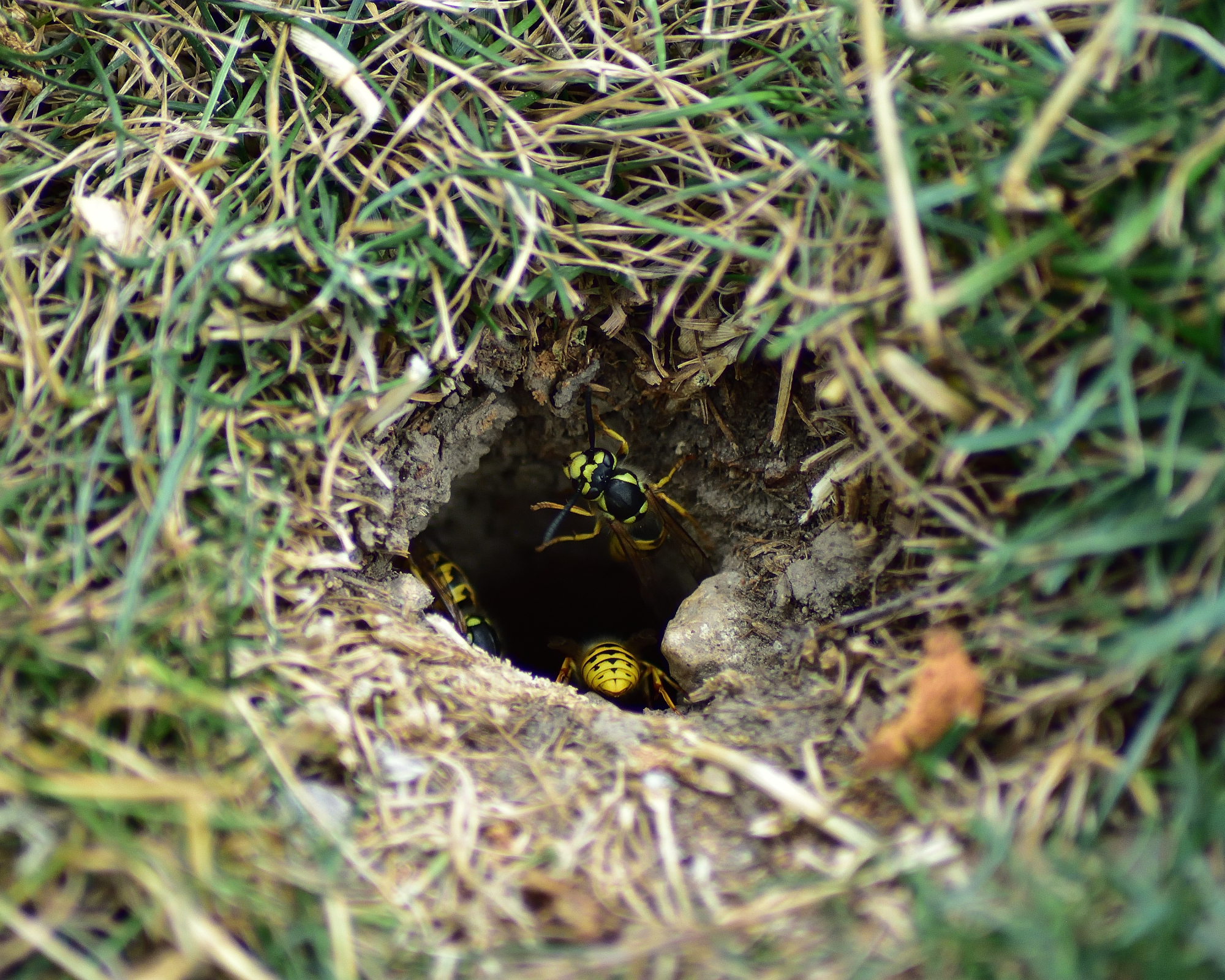
Yellowjackets (Vespula spp.) are social hunting wasps. Many times you will find them nesting underground in your yard or garden, but there is also an aerial yellowjacket that has a hanging paper nest like that of other wasps. They are black and yellow striped and typically between ⅜ inch (0.95 cm.) to ⅝ inch (1.58 cm.) in length. Sometimes yellowjackets are confused with honeybees, but honeybees only sting once.
Yellowjackets and other wasps are beneficial insects in our ecosystem as they feed on other insects like caterpillars that damage crops, and also help to break down decaying animal carcasses. For this reason, you should leave a yellowjacket population alone if it is not a threat to human health and safety.
Should You Trap Yellowjackets?
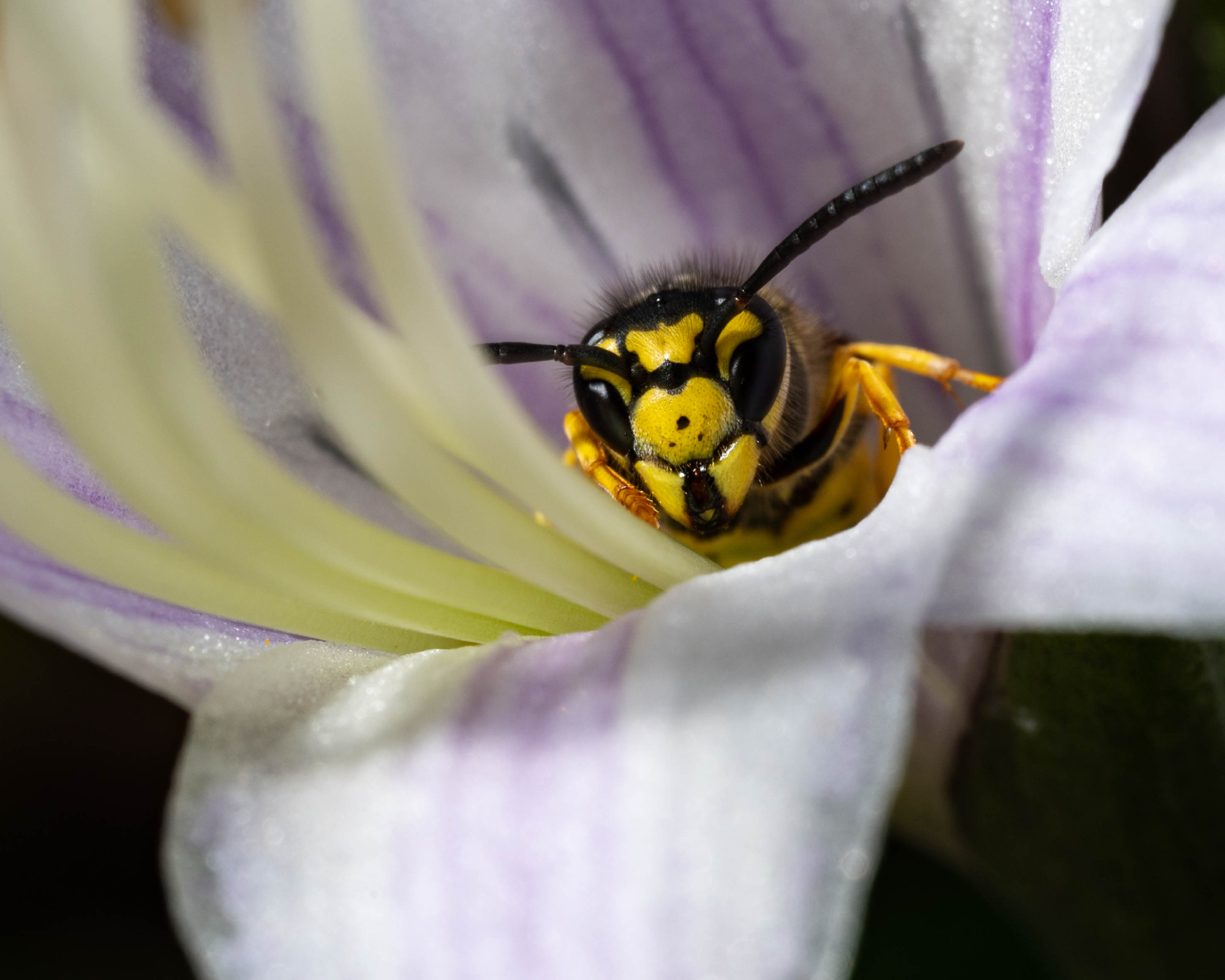
Again, yellowjackets are beneficial insects, so if the nest can be safely avoided, leave them alone. They will not nest in the same hole twice, so you will not have to deal with the same nest next summer.
However, yellowjackets can be provoked to sting with normal gardening, lawn care, or outdoor living activities, so they should be controlled if they are near where you, your pets, and your children are spending time. They also become more aggressive in the late summer and early fall as they begin to ramp up their scavenging of sugary, carbohydrate-rich foods. This is why they can become a major nuisance at picnics.
Sign up for the Gardening Know How newsletter today and receive a free copy of our e-book "How to Grow Delicious Tomatoes".
A lure trap is the safest way to reduce yellowjacket numbers. It is never safe to try and drown a nest, spray a nest with insecticides, or spray them while they are airborne. This will make them more aggressive, and they will release an alarm pheromone which attracts other yellowjackets to join in the attack. It is also important to note that it is incredibly dangerous to set a yellowjacket nest on fire, and it may also be illegal where you live.
How to Make DIY Yellowjacket Trap
The safest method for yellowjacket control is a lure trap. It is quick and easy to make a trap at home, but you could also purchase one like the Spectracide wasp, hornet and yellowjacket trap from Amazon. You will need a few common household items to construct the trap and it will lure yellowjackets in and drown them.
I spent $0 making this trap to control the yellowjacket population that is nesting under my raised garden bed. You can pair your trap with plants that wasps hate, but bees love to boost your yellowjacket repelling abilities.
Materials for DIY Yellowjacket Trap
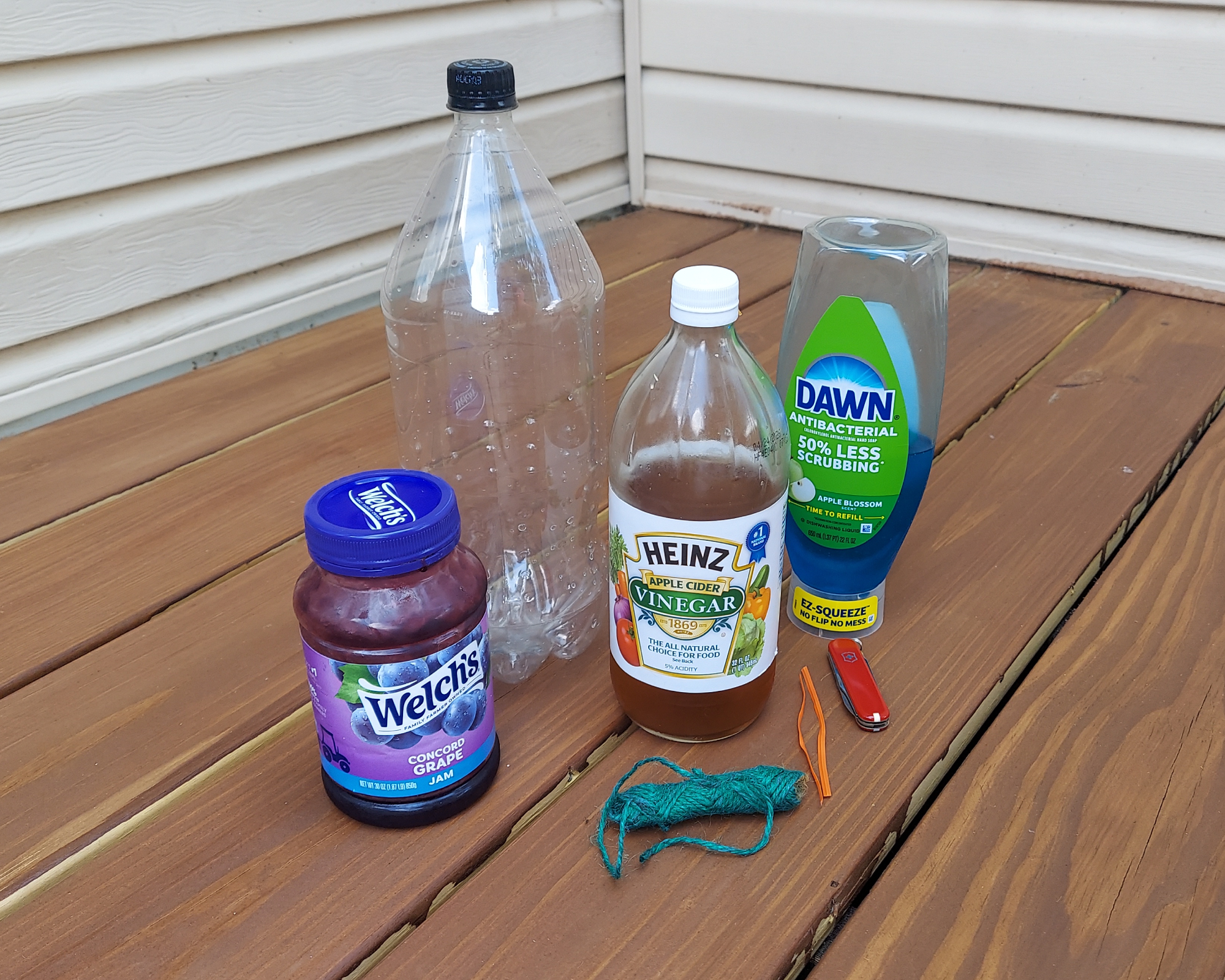
- Empty 2-liter bottle
- 1 cup water
- ½ cup apple cider vinegar
- 1 teaspoon grape jam, a splash of fruit juice works too
- ½ teaspoon liquid dish soap
- 2 twist ties
- Garden twine
- An old screw, or a holepunch
Steps for DIY Yellowjacket Trap
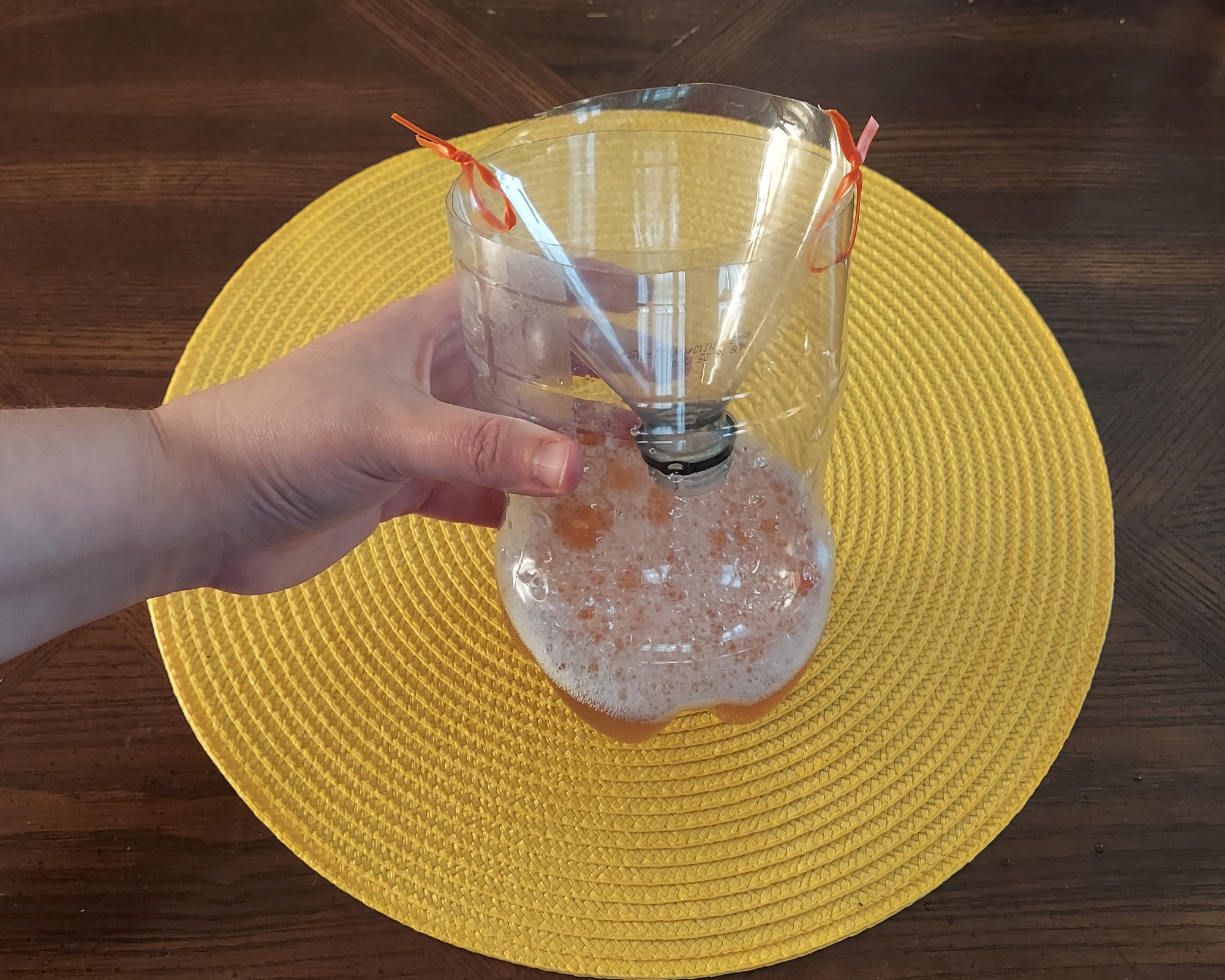
- Carefully cut the top ⅓ of the 2-liter bottle off.
- Unscrew the cap and invert the top of the bottle into the bottom of the bottle.
- Use the screw or a holepunch to pierce two holes in the top edge of the bottom of the bottle and two holes to match on the top part of the bottle.
- Set the top of the bottle aside and mix the water, apple cider vinegar, grape jam, and liquid dish soap. Pour mixture into the bottom part of the bottle.
- Invert the top of the bottle and place into the bottom portion and fasten the two parts together with the twist ties.
- Add garden twine through the holes too if you are planning on hanging the trap.
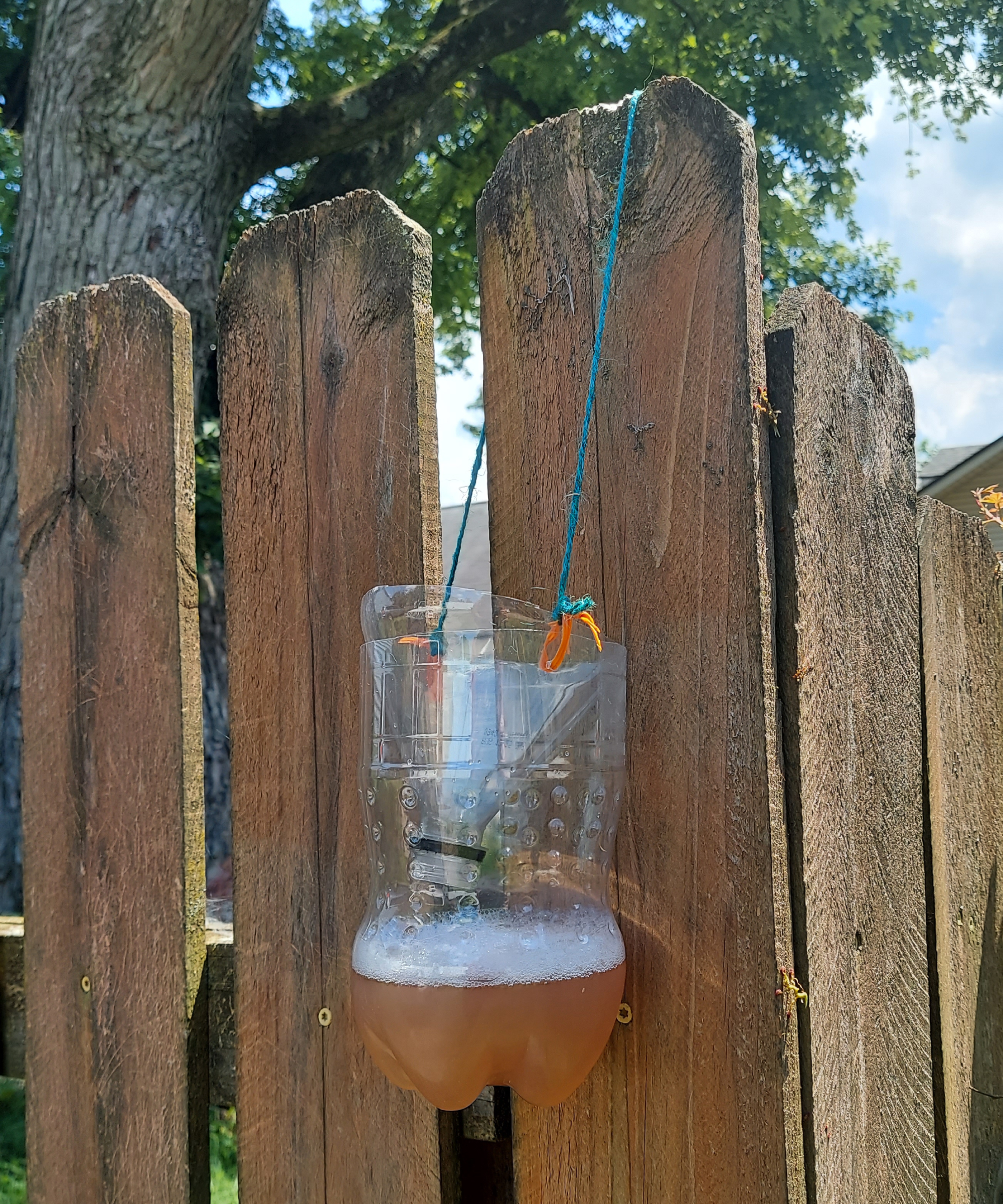
Place your homemade yellowjacket trap outside, away from the nest and away from where people gather. Remember, the yellowjackets are going to be lured to the trap, so you don’t want it near where you will be. The trap should be placed about 4 feet (1.2m.) above the ground. The sugary sweetness of the apple cider vinegar and the jam or fruit juice attracts the yellowjackets to the trap.
When the yellowjackets go in through the inverted neck of the bottle, they have a hard time navigating back out. They touch the surface of the mixture to drink the sugary substance, but the liquid dish soap breaks the surface tension of the water, so the yellowjackets sink in and drown.
Once the trap is full, wait until dawn or dusk – when the yellowjackets are not as active – and carefully tie it in a bag and put it in your trash bin. It isn’t pretty, but it will keep you and your family safe from stings this summer and fall.
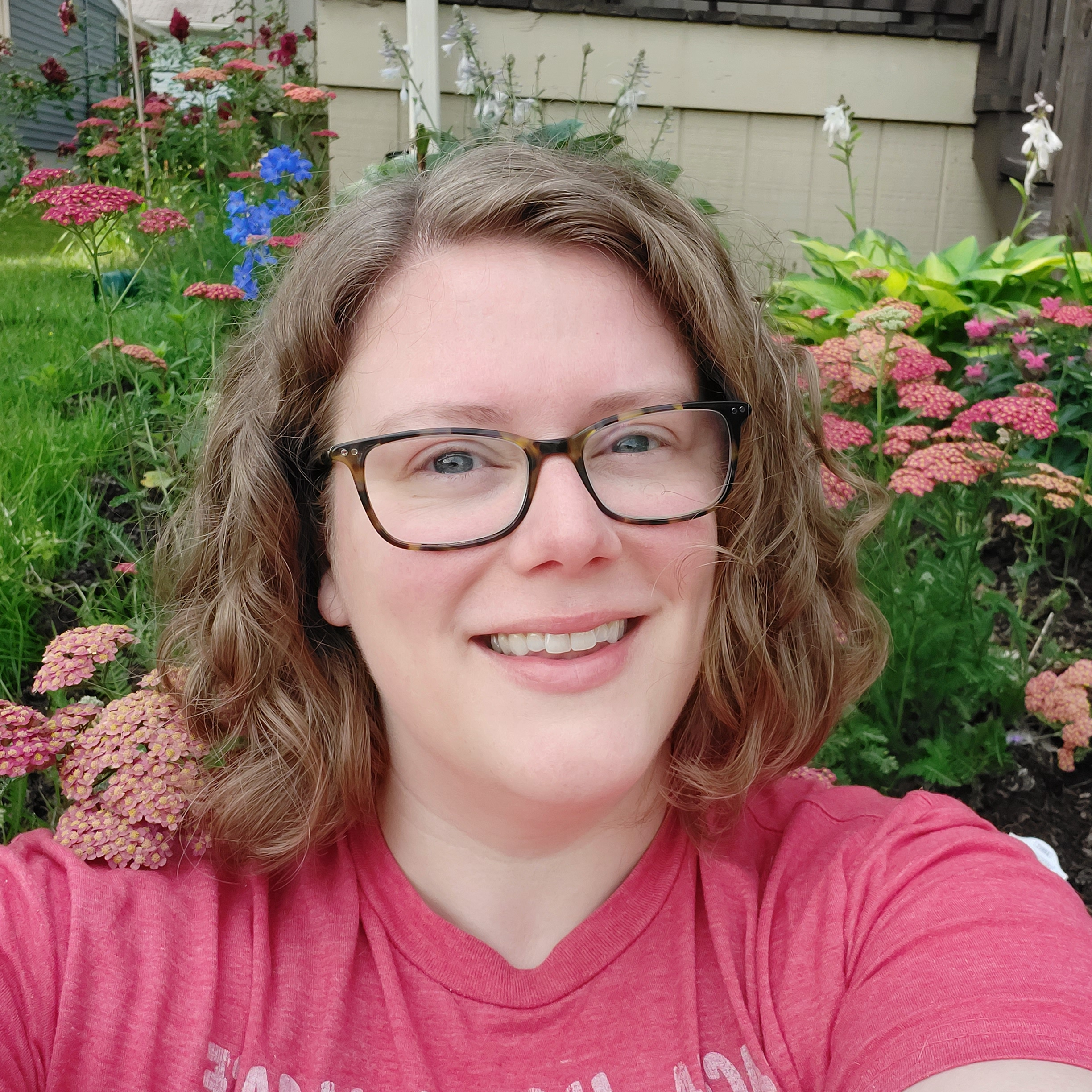
Kathleen Walters joined Gardening Know How as a Content Editor in 2024, but she grew up helping her mom in the garden. She holds a bachelor’s degree in History from Miami University and a master’s degree in Public History from Wright State University. Before this, Kathleen worked for almost a decade as a Park Ranger with the National Park Service in Dayton, Ohio. The Huffman Prairie is one of her favorite places to explore native plants and get inspired. She has been working to turn her front yard into a pollinator garden.